Take one drug-addled occultist, one forlorn aristocrat, an assortment of urgent colonials and you have, no, not the western canon but the earliest expeditions to K2, the second-highest mountain in the world after Everest. First measured in 1856 by Lieutenant Thomas George Montgomerie, it stands at 28,251 feet, on the present-day border of Pakistan and China, amid the Karakoram range — hence its name, Karakoram 2, now abbreviated. K2 was first climbed in 1954 by the Italians Achille Compagnoni and Lino Lacedelli — a year after Edmund Hillary and Tenzing Norgay reached the summit of Everest. It remains an exceptionally dangerous mountain; during the late 1970s and 1980s, a generation of British climbers perished on K2, among them Alison Hargreaves, Alan Rouse, Julie Tullis and Nick Estcourt. The implacable slopes are now decked in the tattered remnants of former expeditions, and monuments to the dead.
Mick Conefrey has already published a lucid account of the ascent of Everest — Everest 1953. His latest book is primarily about the K2 expedition of 1954 but also contains a highly extended prolegomenon ranging from the late 19th century to 1950s. Conefrey opens, sensibly, with one of the more surreal interludes in mountaineering history: the 1902 K2 expedition, co-led by Aleister Crowley, ‘a flamboyant, bisexual drug fiend with a fascination for the occult’. Despite ‘not being a typical 20th-century mountaineer’, Crowley teamed up with an Englishman called Oscar Eckenstein, who was regarded with suspicion by the climbing elite. Nonetheless, Crowley and Eckenstein’s expedition went first to Rawalpindi, and then on to K2 itself. There, Crowley refused to bathe for 85 days, brandished a revolver at imaginary foes and eventually contracted malaria. High altitudes can turn even the most temperate individual into a proto-Crowley and other members of the expedition steadily succumbed. One, Heinrich Pfannl, believed he was being ‘split into three parts: the first two seemed relatively friendly, but the third was a huge threatening-looking mountain with a dagger in its hand’. Amid such hallucinatory carnage, the expedition achieved a height of 22,000ft, just 800ft below the world altitude record of 1897.
So, Crowley shuffles offstage, or off-piste, to be replaced by others nearly as possessed. Conefrey brilliantly evokes the danger and strangeness of high-altitude climbing. The melancholy Duke Abruzzi tried, and failed, to scale K2 in 1909. After a gap of nearly 30 years, an American reconnaissance expedition, led by Charlie Houston, also turned back before the summit.
The following year, the German-American climber Fritz Wiessner made his summit attempt with Sherpa Pasang Lama. They reached 27,500ft, less than 800ft from the top, but night was falling, and Pasang Lama refused to go on, having diagnosed Wiessner as ‘simply crazy’. On this expedition, three Sherpas and one American, Dudley Wolfe, died. In 1953, the same year that Everest was climbed, Charlie Houston went back again. This expedition was summarily obliterated by appalling weather. At 25,500ft, Art Gilkey began to die. Despite prevailing storms and extreme peril, the others tried to lower Gilkey down the mountain. They fell, en masse, and though they recovered, an avalanche swept Gilkey away.
On 31 July 1954, Achille Compagnoni and Lino Lacedelli reached the summit of K2, in a moment of sublime anticlimax: ‘After a long slog, the final slope simply ran out, leaving them in the middle of a large open area.’ The Italians photographed each other, and placed silk flags on the gelid blankness. Frostbite conveyed them swiftly down again. Later, a fellow climber, Walter Bonatti, accused Compagnoni of fraudulence and sabotage. Conefrey considers this explorers’ quarrel at some length, and errs, mostly, on the side of uncertainty: ‘All the great Himalayan ascents of the early 1950s were much more chaotic than anyone had envisaged… The epic saga of K2 is not a neat orderly story of methodical conquest.’ Or, to paraphrase: when everyone was half-mad with exhaustion, can anyone know, definitively and eternally, what occurred? In 1953, Charlie Houston descended K2 in concussed amazement, crying out, ‘Where am I? Where am I?’ In this fascinating and poignant book, Conefrey ventures into a liminal zone: of dreams, controversies and unquiet ghosts.
Got something to add? Join the discussion and comment below.
Get 10 issues for just $10
Subscribe to The Spectator Australia today for the next 10 magazine issues, plus full online access, for just $10.
Available from the Spectator Bookshop, £17 Tel: 08430 600033
You might disagree with half of it, but you’ll enjoy reading all of it. Try your first month for free, then just $2 a week for the remainder of your first year.

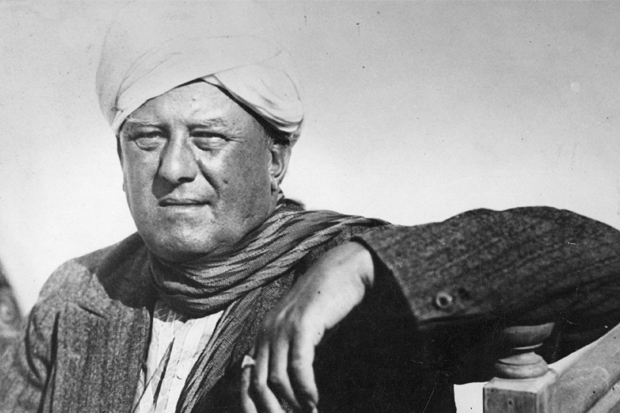
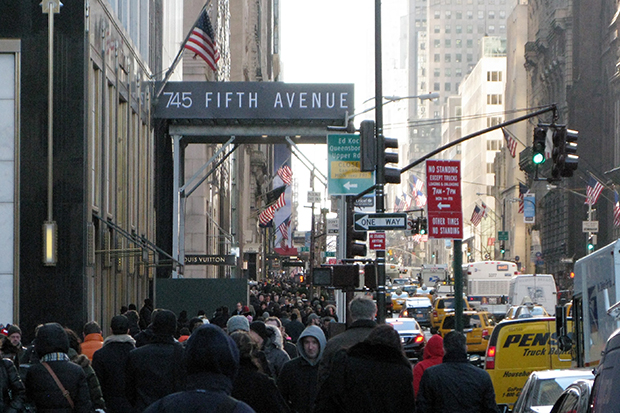
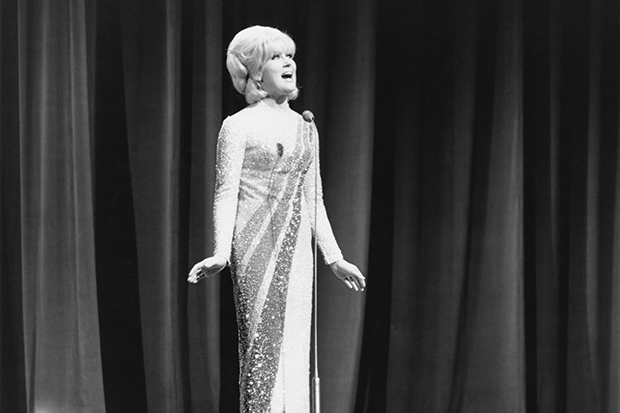
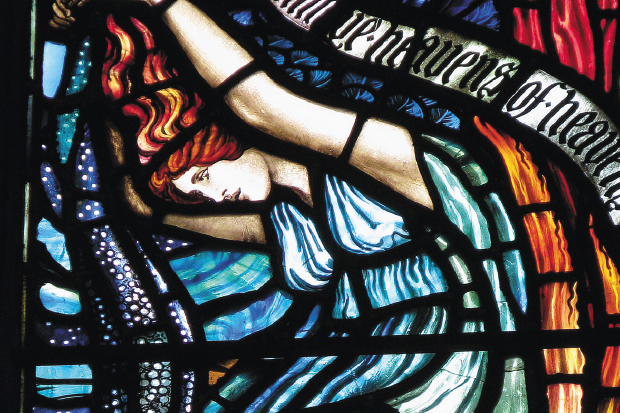
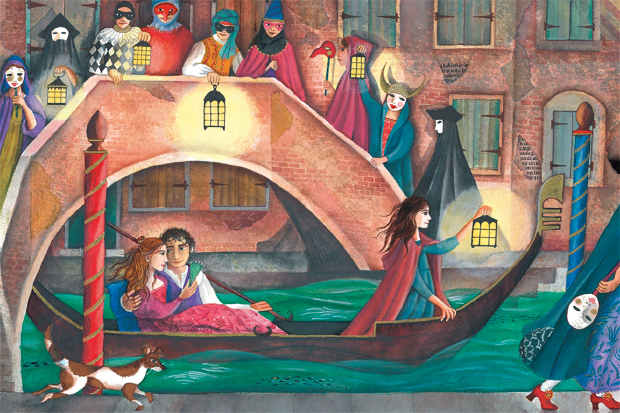
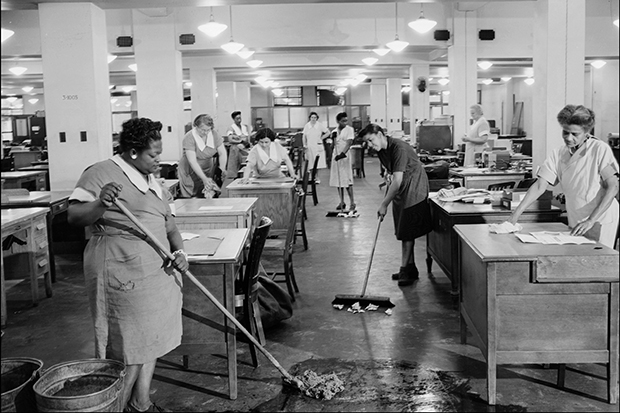
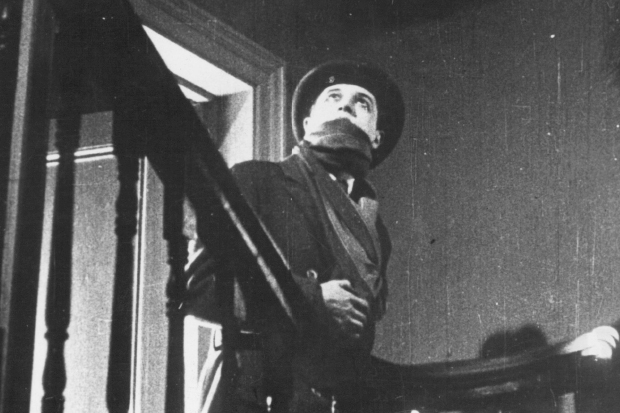






Comments
Don't miss out
Join the conversation with other Spectator Australia readers. Subscribe to leave a comment.
SUBSCRIBEAlready a subscriber? Log in